- Category
- Latest news
Europe’s Artillery Production Skyrockets, Poised to Overtake Russia and Rival China by 2026
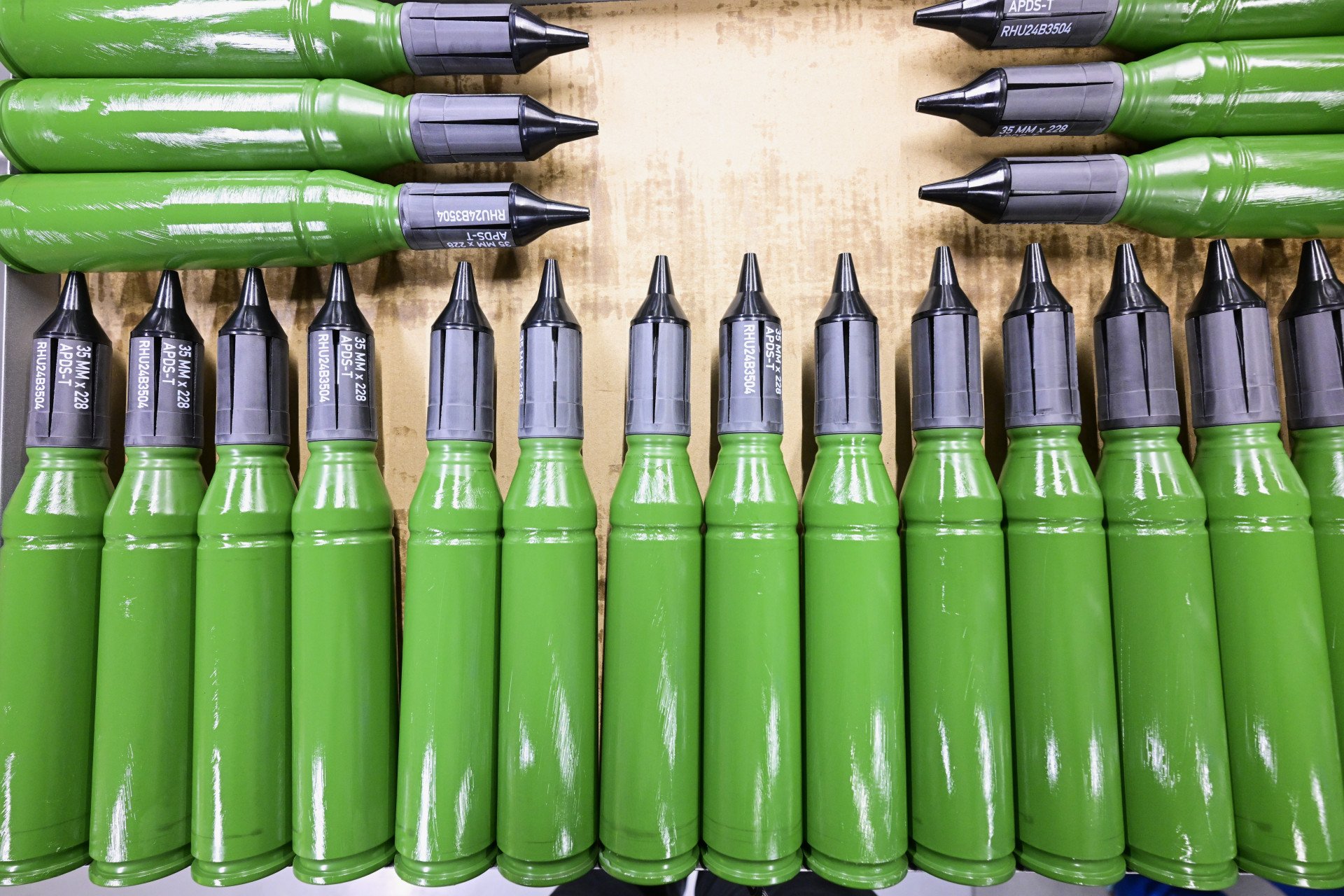
In a stunning turnaround, Europe has gone from what analysts called “almost handmade” artillery shell production in 2022 to output levels that could soon rival China’s — and outpace Russia’s — just three years later.
The surge marks a shift in the global balance of firepower, positioning Europe as the new manufacturing backbone of Ukraine’s artillery war effort, open-source intelligence group Conflict Capital reported on April 24.
By early 2024, the outlook was as follows, with the US deliveries had halted completely — though Washington had still supplied about 2 million shells since the start of Russia’s full-scale invasion, double the EU’s figure at the time. Ukraine’s domestic production remained limited, and Russia had just begun receiving massive artillery shipments from North Korea, totaling more than 1 million rounds.
Now, the situation looks radically different.
“The United States has become a non-factor in terms of new contributions,” the Conflict Capital analysts note. “Everything currently flowing to Ukraine was already contracted by the previous administration.”
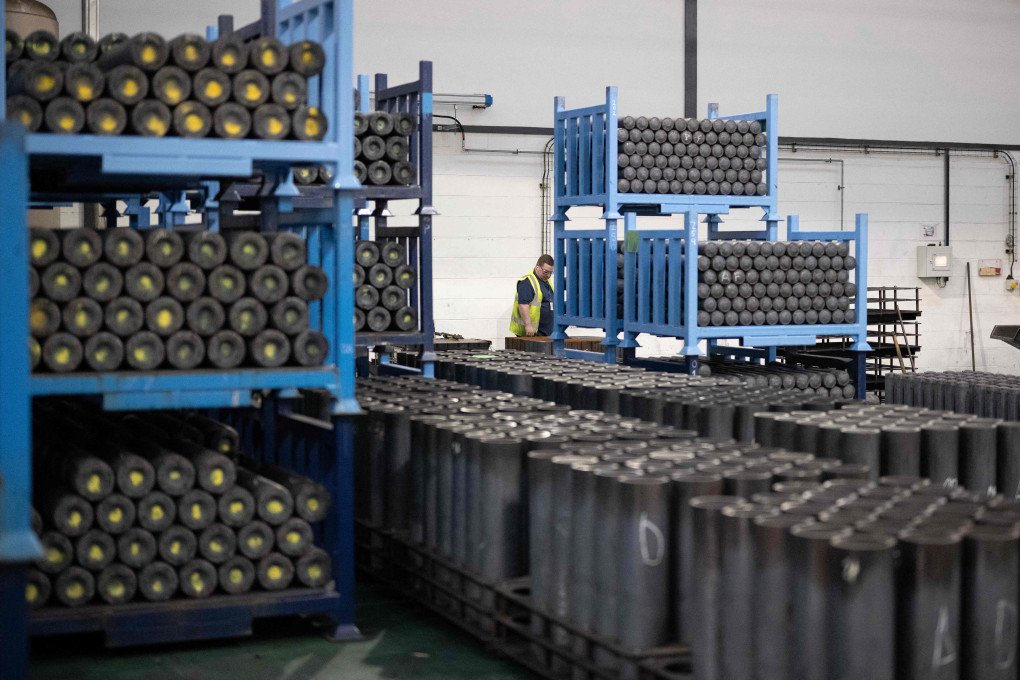
Europe has stepped into the gap. Just this week, British defense giant BAE Systems announced a new ammunition line at its Glascoed site, set to boost output 16-fold compared to pre-COVID levels. Deliveries to Ukraine are expected to begin this fall.
Germany’s Rheinmetall, a major player in the sector, is expanding its manufacturing capacity, while Denmark’s Nammo is reopening a previously shuttered plant in the north of the country to produce both small- and large-caliber rounds.
STV Group in Czechia, in partnership with Rheinmetall, already can produce about 1 million shells per year. Nammo contributes an additional 360,000. While these numbers still lag behind total battlefield demand, they represent a massive leap from Europe’s capabilities just a year ago.
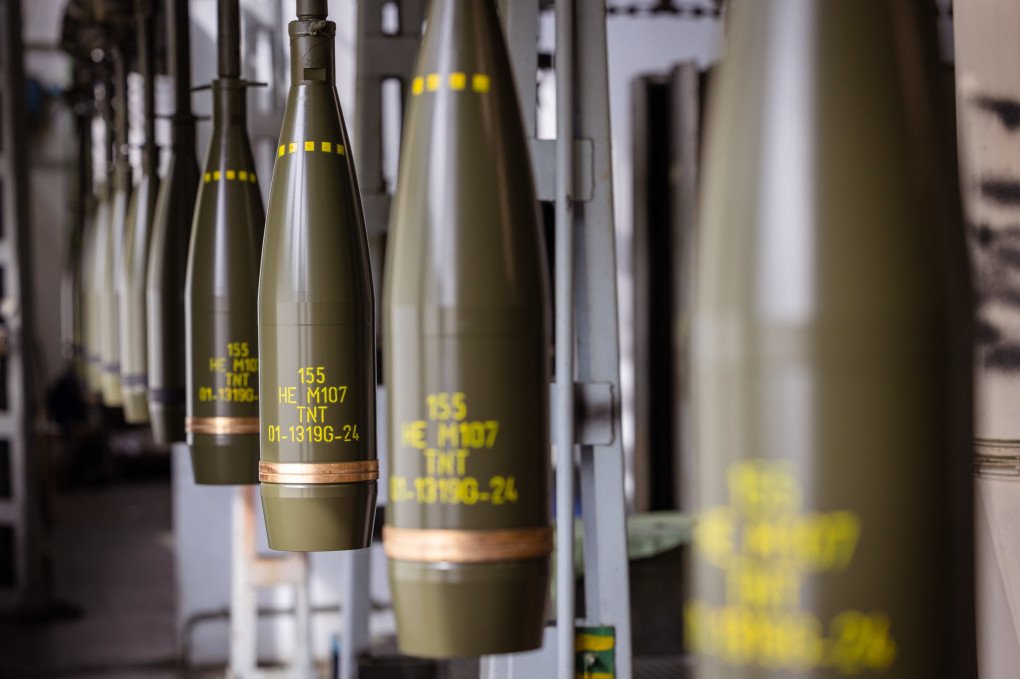
By 2026, projected annual output includes:
Rheinmetall (Germany): 750,000 shells, with a goal of 1.1 million by 2027
BAE Systems (UK): 500,000
STV (Czechia): 150,000
Nexter-KNDS (France): 100,000+ plus nearly 100,000 casings
PGZ (Poland): targeting 150,000
Altogether, that’s nearly 2 million shells per year — enough to sustain a rate of 5,000 to 5,500 rounds per day if fully allocated to Ukraine. When factoring in Ukraine’s growing domestic production, the numbers edge even higher.
Russia, by comparison, is currently firing an estimated 12,000 shells per day — but nearly half of that is reportedly being sourced from North Korea. “The Russian war machine is no longer self-sufficient,” Conflict Capital concludes. “It cannot sustain two million rounds annually without outside help.”
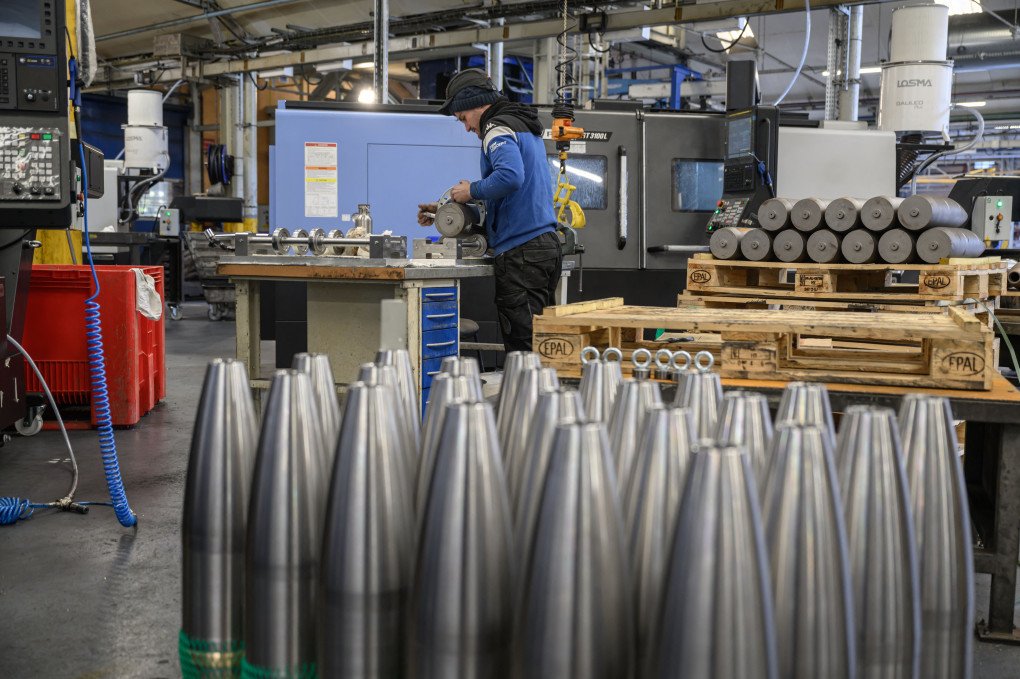
Europe’s resurgence is being driven in large part by the EU’s Act in Support of Ammunition Production (ASAP) initiative, which combines long-term purchasing contracts with co-investment in critical production tools like hydraulic presses and high-temperature furnaces.
Still, challenges remain. Explosive materials like TNT, RDX, and nitrocellulose continue to be bottlenecks. But that too is changing.
Rheinmetall’s Nitrochemie unit has added a third nitration line in Aschau. BAE is rolling out mobile RDX micro-factories across the UK and at the Holston Army Ammunition Plant in Tennessee. French supplier Eurenco is doubling its output of high-energy materials at its PB Clermont site.
-0fb2ae4b19378976e0bf42d513494bf7.jpg)
If these trends hold, Europe could hit an artillery ceiling of 2.4 million shells per year by 2026 — an eightfold increase in just four years. The full impact, analysts say, will be felt in 2026 when current investments mature.
Ukraine isn’t standing still either. Since August 2024, a joint Rheinmetall-Ukroboronprom line has been producing 155mm shells inside Ukraine, aiming to hit 100,000 units this year. State-owned Artem and other domestic firms are scaling up 152mm and 122mm Soviet-standard calibers as well.
In just three years, Europe has transformed from a fragmented, low-output patchwork into a continental force in the ammunition war — and it may soon outpace both China and a faltering Russia.
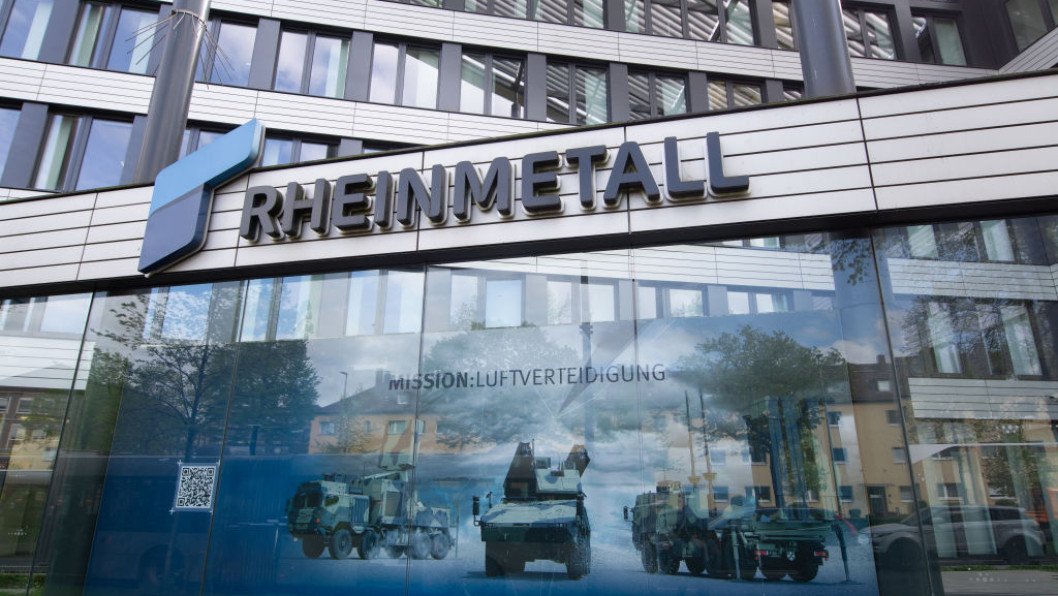
Earlier, reports emerged that since September 2023, North Korea shipped between 4 and 6 million artillery shells to Russia—enough to cover roughly half of its ammunition needs in the war against Ukraine.
The data points to a growing arms pipeline between Pyongyang and Moscow, marking a sharp increase in military cooperation between the two isolated regimes. One expert in the Ukrainian military told that the North Korean contribution was as high as 70%, and Reuters found that at times Russian artillery units were almost wholly reliant upon North Korean munitions.
In addition to artillery shells, Russia received KN-23 and KN-24 ballistic missiles, long-range howitzers, and multiple-launch rocket systems from Pyongyang.
Ukraine’s military intelligence service estimates the deliveries include 148 ballistic missiles, 120 long-range self-propelled artillery units, and 120 MLRS.
Before deployment to the battlefield, the shells are tested at Russia’s Luzhsky artillery range, Ukrainian military official stated.


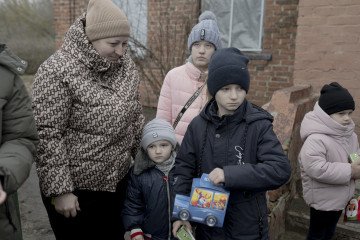

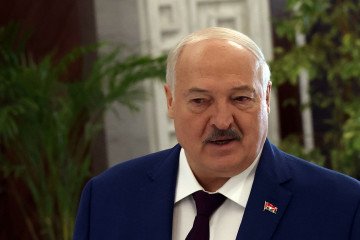
-72b63a4e0c8c475ad81fe3eed3f63729.jpeg)
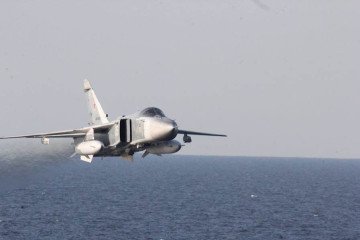
-111f0e5095e02c02446ffed57bfb0ab1.jpeg)
